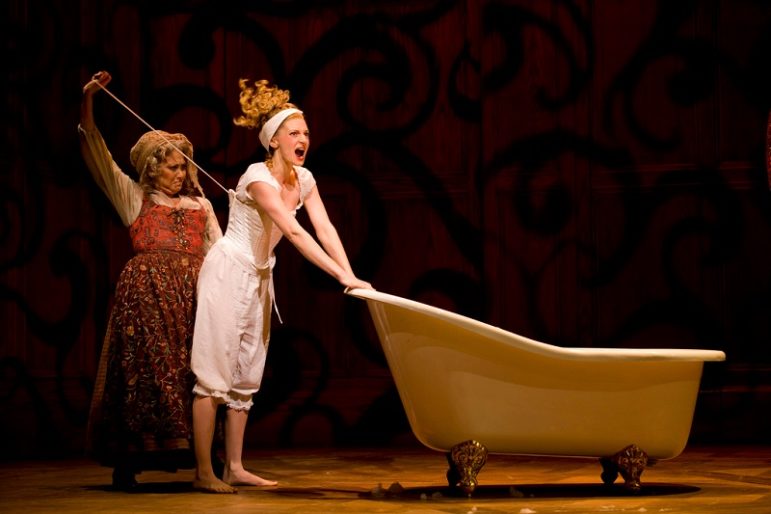
May 2, 2016; WBUR-FM, “The Artery”
It’s no secret that arts audiences have been shrinking—and graying—in recent decades, setting off alarms in some circles about the future of traditional cultural organizations and their business models. But in Boston, at least three arts groups are bucking national trends and finding creative ways to attract—and keep—new audience members, especially younger ones. This season, 30 percent of Boston Symphony Orchestra (BSO) concertgoers have been under the age of 40. And both the American Repertory Theater (A.R.T.) and the Huntington Theatre Company “have posted record single-ticket and subscription sales the past two seasons.”
What are these groups doing right, and what might other arts organizations learn from them? As Catherine Peterson, executive director of Arts Boston, a nonprofit arts service organization, explains:
The BSO, the A.R.T., and the Huntington are good examples of the ways in which Boston-area groups are becoming more and more responsive to market pressures. The ways people are using their leisure time and making commitments have totally changed. These groups are programming and marketing and packaging themselves in response, and so they can reach younger, more diverse audiences. They find price points that are affordable to people who might otherwise stay away.
Sign up for our free newsletters
Subscribe to NPQ's newsletters to have our top stories delivered directly to your inbox.
By signing up, you agree to our privacy policy and terms of use, and to receive messages from NPQ and our partners.
Among the strategies for success, as described by reporter Maureen Dezell, are “data mining, refining and redefining subscription offerings and programs.” As she notes, these are challenging tasks for larger arts groups, and even more challenging for those with smaller staffs and limited resources. But targeted marketing efforts and more flexible pricing options are beginning to pay off.
At the BSO, managing director Mark Volpe cites “aggressive pricing strategies” as one key to attracting younger audience members. “In any given year, we’re selling thousands of tickets to people under 40 through college cards and the 20under40 program, which offers $20 seats on a first-come, first-served basis,” he says. Seats that might otherwise be empty are pulling in revenue, even if it’s less than the going rate. Efforts aimed at getting younger audience members to keep coming back include Casual Friday concerts, special pre- and post-performance live music, and an invitation to use BSO-supplied iPads in designated seating.
In the 2010–11 season, the Huntington launched 35 Below, a membership program for younger theater-goers that features $30 tickets to any show and access to special events. That year, the company sold 7,600 tickets through the program. As of early April, the number of tickets sold this season to patrons under 35 years of age was 15,300. A separate initiative launched in 2012, the Huntington’s Community Membership program, works with social service agencies to market distribute $20 tickets to low- and middle-income communities. Since its inception, this program has helped to diversify the theater’s audiences by selling more than 10,000 tickets to more than 2,500 patrons.
Even these success stories are playing out against a troubling backdrop, with both earned and contributed revenue streams shifting and often shrinking. A study of Boston’s cultural landscape from January 2016, undertaken by the consulting firm TDC and funded by the Boston Foundation, painted a picture of “a rich, varied, overcrowded and under-resourced cultural hub.” The study notes that Greater Boston’s arts ecosystem has been growing in recent years, which creates momentum and positive energy around the cultural community even as it forces increased competition for audiences and funding. Dezell notes that Boston’s arts sector “may be rich and fertile in some spots and scrappy and under-funded in others, but its inhabitants are determined to keep adapting to its particular challenges and building on their own distinctive strengths.”—Eileen Cunniffe











